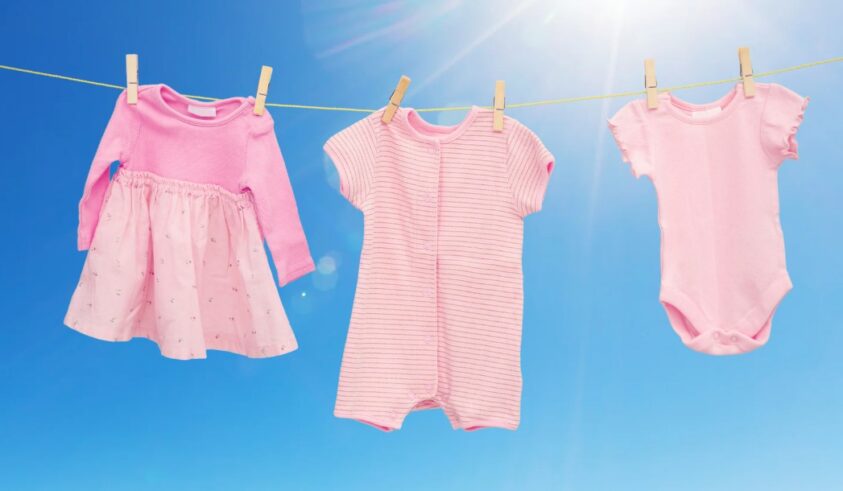Line drying clothes is an eco-friendly and cost-effective alternative to using a dryer. It not only saves energy but also helps to prolong the life of your clothes. Line drying can seem like a daunting task for those who have never done it before, but it is a simple process that anyone can learn.
This guide will provide you with all the information you need to know about line drying, including the benefits, how to properly hang your clothes, and tips for drying different types of fabrics. You’ll also discover why you need to embrace line drying and how it can have a positive impact on your laundry routine and the environment. Whether you are looking to save money on your energy bill or reduce your carbon footprint, line drying is an easy and practical solution. So, let’s get started and embrace the ultimate guide to line drying!
The History of Line Drying
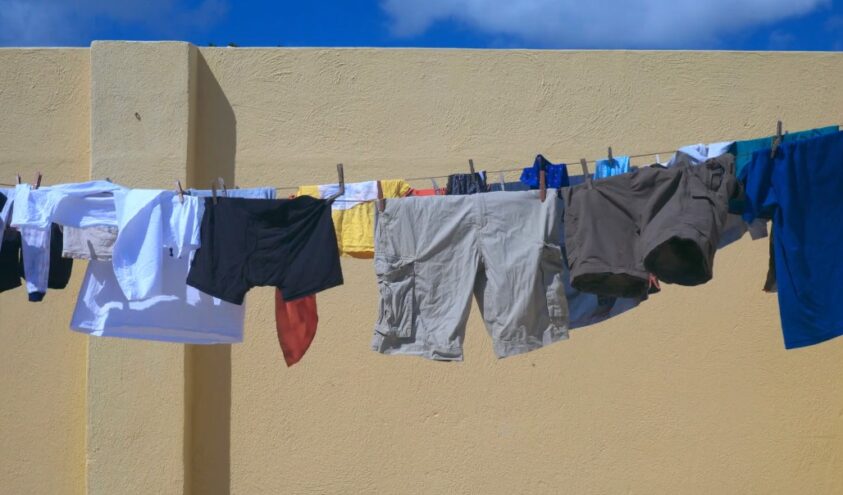
Long before the invention of tumble dryers, line drying was the only method for drying clothes. Dating back thousands of years, people have been hanging their laundry out to dry, with the practice even being mentioned in ancient texts like the Bible and Homer’s Odyssey. Today, it remains popular in many countries, especially where energy costs are high or space is limited.
How to Line Dry Your Clothes
It is a simple process, requiring just a few basic steps:
- Wash your clothes as you normally would.
- Shake out each garment to remove excess water and help prevent wrinkles.
- Hang the clothes on a clothesline or drying rack, ensuring they are evenly spaced to promote air circulation.
- Allow the garments to dry completely, which can take several hours to a full day, depending on the weather and humidity.
The Benefits of Line Drying
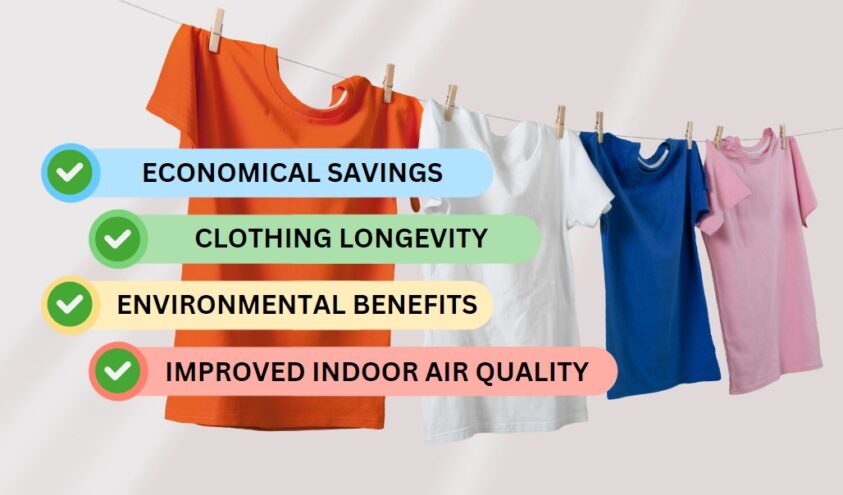
It comes with a host of benefits that make it an excellent choice for laundry enthusiasts looking to save money, protect their clothes, and minimize their environmental footprint.
Economical Savings
One of the most significant benefits of line drying is the potential cost savings. By skipping the energy-hungry dryer, you can save on your electricity or gas bill. According to the U.S. Department of Energy, a typical dryer uses 2.5 to 4.0 kilowatt-hours (kWh) of electricity per load. With the average American family doing about 300 loads of laundry per year, line drying can result in annual savings of $100 or more.
Clothing Longevity
It is gentle on your clothes, helping to prolong their lifespan. The heat and tumbling action of dryers can cause damage to fabrics, leading to shrinkage, color fading, and general wear and tear. By line drying, you can prevent these issues and keep your garments looking fresh and new for longer.
Environmental Benefits
Tumble dryers are among the most energy-intensive household appliances, with the average dryer emitting approximately 1,410 pounds of CO2 per year. By opting for line drying, you can significantly reduce your carbon footprint and help combat climate change. Additionally, line drying doesn’t produce lint, which can clog dryer vents and pose a fire hazard.
Improved Indoor Air Quality
Hanging clothes indoors can act as a natural humidifier, adding moisture to the air and improving indoor air quality, especially during dry winter months. The evaporating water can also help to dissipate odors and improve the overall atmosphere in your home.
Tips for Line Drying Success
While it is a relatively simple process, there are several tips and tricks that can help you maximize its benefits and achieve the best results:
Choose the Right Location
Outdoor line drying: Choose a sunny, breezy location for your clothesline, away from sources of pollution like car exhaust or smoke. This will help your clothes dry faster and ensure they remain fresh and clean. Be mindful of potential allergens, like pollen, if you or your family members have allergies. Indoor line drying: If you need to dry your clothes indoors, select a well-ventilated area with low humidity. Placing a fan nearby can help improve air circulation and speed up the drying process.
Use the Right Equipment
Clotheslines: Opt for sturdy, weather-resistant clotheslines made from materials like vinyl-coated wire, polyester, or cotton. Avoid using metal clotheslines, as they can rust and stain your garments. Drying racks: Invest in a high-quality drying rack with plenty of space for your clothes. Foldable or expandable racks are ideal for small spaces and easy storage. Clothespins: Choose clothespins made from durable materials like wood or plastic, and avoid using metal clothespins, which can rust and damage your clothes.
Hang Your Clothes Properly
Hang clothes by the strongest part of the garment to support their weight and reduce stretching. For example, hang pants by the waistband and shirts by the bottom hem. Button-up shirts and zip-up pants to help them maintain their shape while drying. Hang clothes inside out to protect colors from fading due to sunlight exposure. Space garments evenly to ensure proper air circulation and faster drying times.
Embrace the Weather
Make the most of sunny, breezy days for quicker drying and better results. Keep an eye on the weather forecast to avoid leaving your clothes out in the rain or during high humidity, which can prolong drying times and encourage mold growth. In cold climates, line drying indoors can be more effective, as outdoor temperatures can cause clothes to freeze and hinder the drying process.
Addressing Line Drying Concerns
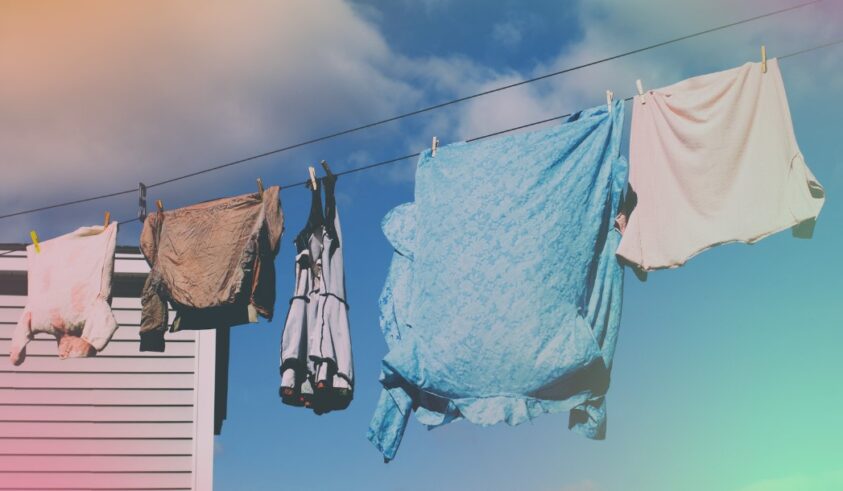
Despite its numerous advantages, line drying can come with some challenges. Here’s how to address common concerns:
Wrinkles
It can sometimes result in wrinkled clothes. To minimize wrinkles, shake out your garments before hanging them and smooth out any creases. You can also try using fabric softener or dryer balls during the washing cycle to reduce static and improve the texture of your clothes. Once your clothes are dry, promptly fold or hang them to prevent new wrinkles from forming.
Stiffness
Some fabrics, like towels and jeans, can become stiff when line-dried. To combat this, try giving your clothes a gentle shake after they’ve dried to loosen up the fibers. Alternatively, you can partially dry your clothes in the dryer for a few minutes before hanging them to finish drying. This can help retain some softness without negating the benefits of line drying.
Allergens
For those with allergies or sensitivities, line-drying clothes outdoors can expose them to pollen or other allergens. To minimize this risk, try drying your clothes indoors or on a covered porch. You can also line dry during times of low pollen counts, typically early in the morning or late in the evening.
FAQs
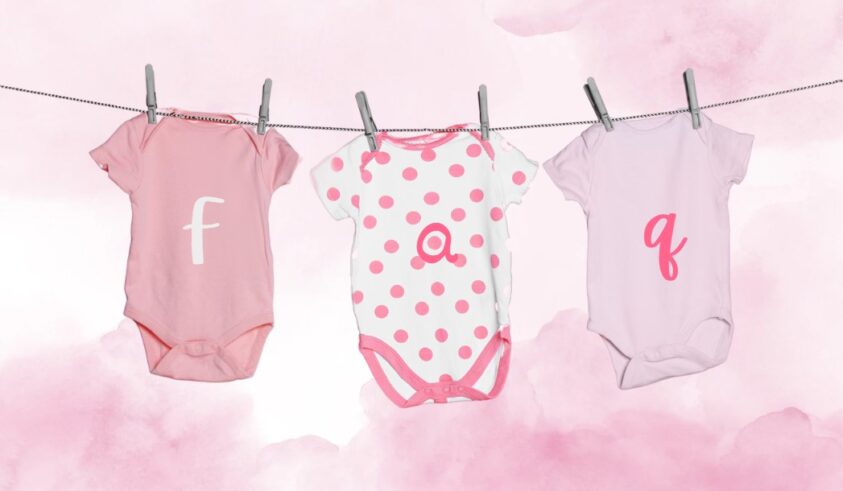
Is line drying better for the environment than using a dryer?
Line drying is more environmentally friendly than using a dryer because it doesn’t consume electricity or gas. By line drying, you can significantly reduce your carbon footprint and help combat climate change.
How can I make my clothes smell fresh when line drying?
Hanging your clothes outside in a clean, open space with good air circulation can help them smell fresh. If drying indoors, ensure the area is well-ventilated to prevent musty odors. Using scented laundry detergent or fabric softener can also contribute to a pleasant fragrance.
How do I set up a clothesline?
Setting up a clothesline involves securing a weather-resistant line between two sturdy support structures, such as poles or trees, at a comfortable height for hanging clothes. Be sure to choose a location with good sunlight and air circulation.
Can I hang heavy items like blankets and comforters on a clothesline?
Yes, you can hang heavy items like blankets and comforters on a clothesline. However, ensure the line is strong enough to support the weight and that the items are evenly distributed to prevent sagging or damage to the line.
Conclusion
It is an age-old laundry method that offers a multitude of benefits for your clothes, wallet, and the environment. By understanding the process and following our tips for success, you can easily integrate line drying into your laundry routine and reap its rewards. Embrace the simplicity of line drying and discover the satisfaction of naturally fresh and clean clothes.

